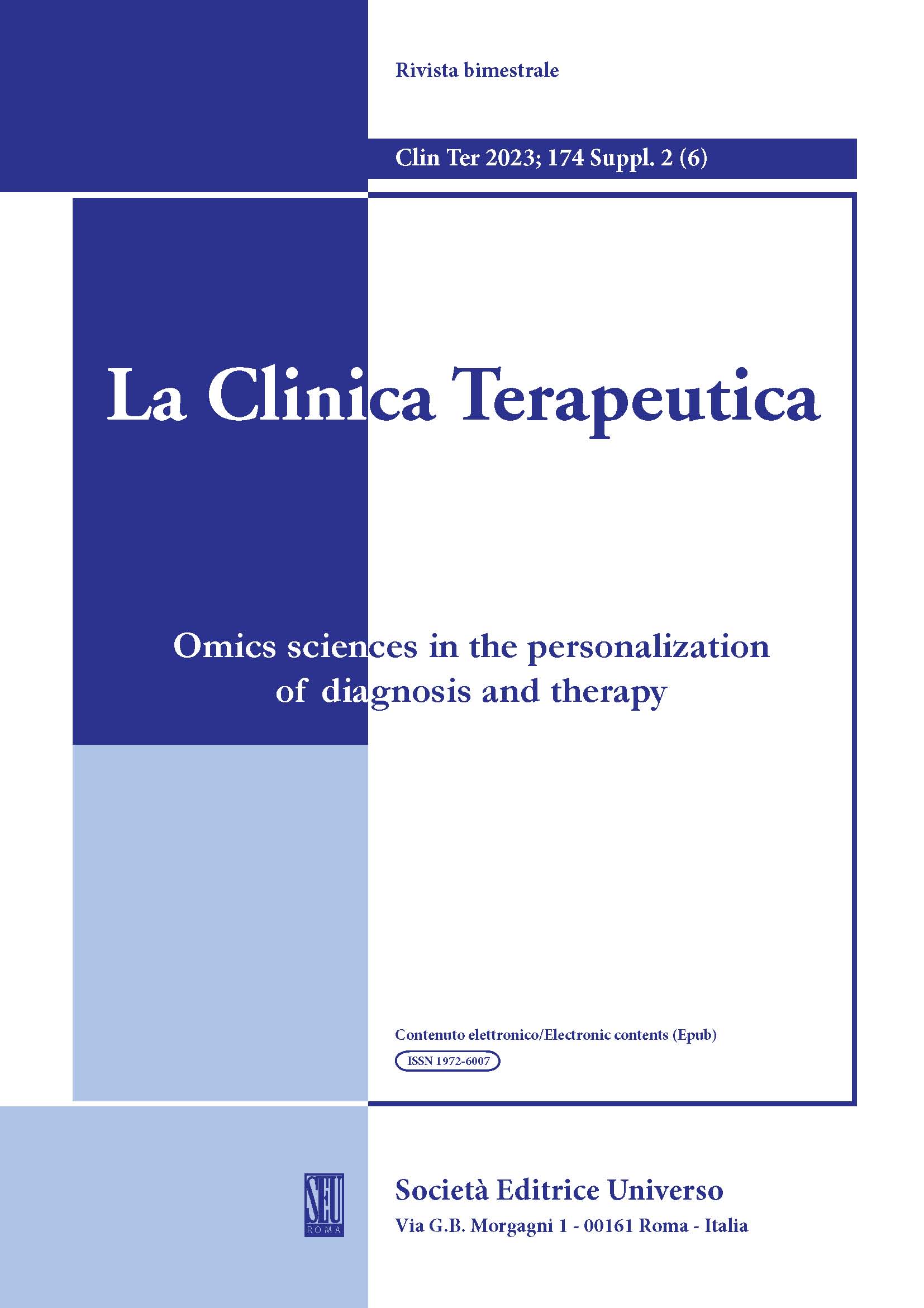Abstract
Infectious diseases are disorders caused by microorganisms such as bacteria, viruses, fungi, or parasites. Many organisms live in and on our bodies. They are normally harmless or even helpful. But under certain conditions, some organisms may cause disease. Infectious diseases are also called contagious diseases due to the fact that they can be passed from person to person. Some are transmitted by insects or other animals. You may get infections from others by consuming contaminated food or water or being exposed to organisms in the environment. COVID-19 is an infectious disease that has "pervaded" the whole world during the last three years. The World Health Organization (WHO) has declared COVID-19 a Public Health Emergency of International Concern. In this paper, we will study the outbreak of this pandemic in Albania based on some mathematical models, such as SIR, SIRD and SEIRD. We will present a detailed analysis of these models and also demonstrate how they can be used to predict the spread of infectious diseases. More precisely, we will see the spread of COVID-19 in our country, Albania. Software such as MATLAB and RStudio will be used to do this. The data that we will use when working with these programs is taken from the Institute of Public Health, Tirana, Albania. Our aim is to calculate the Basic Reproduction Number, using the Next Generation Matrix, and use it to see the future of the disease. This is the average number of new infections generated by an infected individual. A large value indicates that the infection is transmitted very quickly. We will try to calculate what the values of Basic Number Reproduction have been over different time periods.
